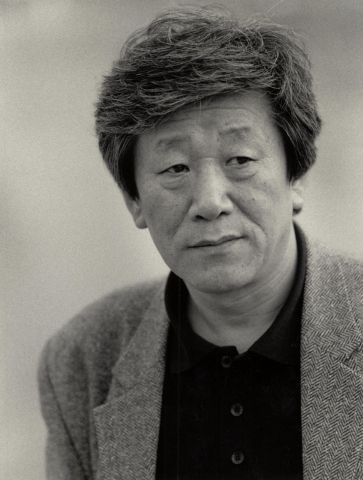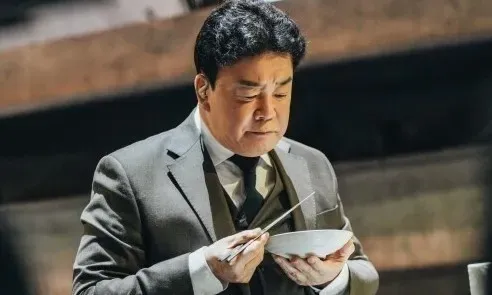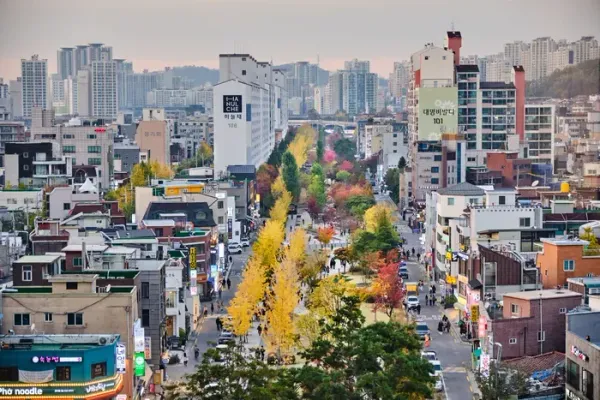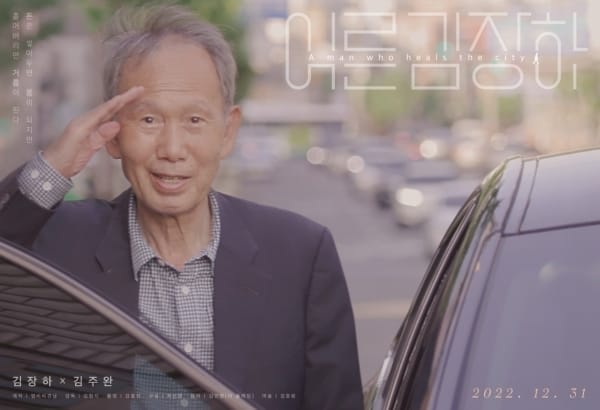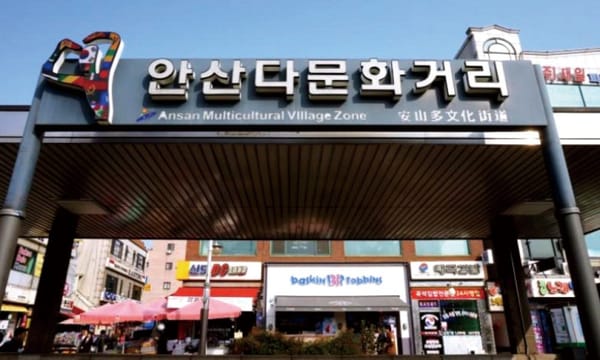Photo: Cho Se-hui. Credit: Cho Se-hui.
On December 25, 2022, novelist Cho Se-hui 조세희 passed away in Seoul. Cho had been hospitalized in a coma since April because of COVID-19. Cho’s 1978 novel The Dwarf (whose full title in Korean is “A Small Ball Fired Up by a Dwarf 난장이가 쏘아올린 작은 공”), which denounced urban poverty and the dark side of South Korea’s economic growth, is widely considered one of the most influential South Korean novels of the late 20th century.
Born in 1942 in Gapyeong, Gyeonggi-do Province 경기도 가평, Cho graduated from Kyung Hee University 경희대학교 in 1965 and worked as a journalist for a decade. Beginning in 1975, Cho wrote a series of 12 novellas featuring a destitute family whose patriarch was a little person. In 1978, Cho published the novellas into a single volume titled The Dwarf, which went on to become a classic of late 20th century South Korean literature. In addition to becoming the first Korean novel to undergo more than 300 printings and selling nearly 1.5m copies, The Dwarf is a staple of high school literature textbooks, achieving a canonical status in public consciousness.
The Dwarf is based on the 1971 Gwangju District Incident 광주대단지사건, a massive uprising of the urban poor. In the late 1960s, the Park Chung-hee 박정희 dictatorship’s urban renewal plan for Seoul cleared the shantytowns that had sprouted up around the city in the aftermath of the Korean War. More than 100k people saw their homes bulldozed in exchange for a promise that the government would provide them new homes outside of Seoul in present-day Seongnam-si, Gyeonggi-do Province 경기도 성남시, known at the time as the Gwangju District. (Not to be confused with the location of the 1980 Gwangju Uprising and Massacre, which occurred in the southwestern province of Jeollanam-do.)
What greeted the displaced people was empty fields, devoid of any public service or facilities: the Park dictatorship simply provided displaced families with tents and assigned each family a plot of land in an area without roads, running water or sewage, much less stores or businesses, offering only vague assurances of future development. Enraged, the people rioted, setting fire to nearby police stations and engaging in skirmishes with the police for three days, resulting in more than 100 injuries.
The Dwarf depicts a family of five living in a shantytown in Seoul who are displaced and left with nothing but the right to move into a house slated to be built in that area at some point in the future - valuable in theory, but meaningless to a family in need of housing in the here and now. Fooled by real estate brokers preying on the shantytown dwellers, the family sells its move-in rights for pennies on the dollar. The youngest daughter Yeong-hee 영희 runs away and tries to recover the move-in right by sleeping with a wealthy real estate broker. She succeeds, but upon returning home finds that her father has killed himself, while the rest of her family has moved to Seongnam with other shantytown dwellers.
In a 2008 interview celebrating the novel’s 30 year anniversary, Cho offered a pointed criticism of the South Korean society, whose distribution of wealth did not seem to have improved from 1978: “I could have never imagined people would continue to read The Dwarf for 30 years. I have no idea how much longer people will read it. But this is for sure - if we keep going down this path, the world will be a dark place. I worry that future children will keep reading this book, and keep crying.”


